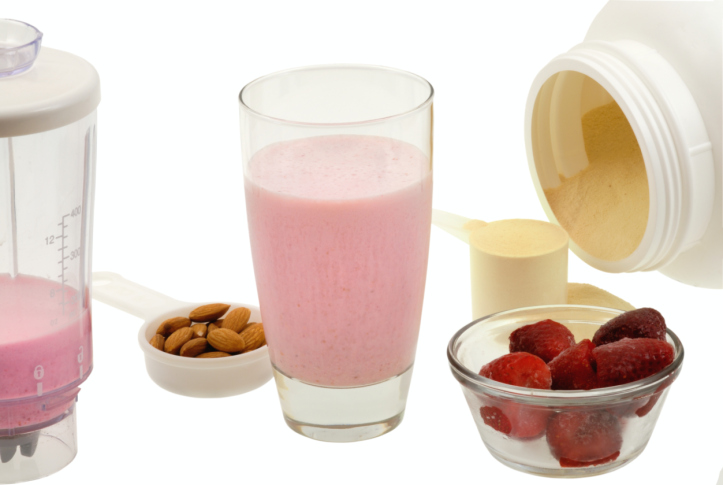
Skip section navigation (navigation may have changed)
Section navigation
Proteins
Amino acids
You can think of each protein as being like a long necklace with differently shaped beads. Each "bead" is called an amino acid (say: uh-MEE-noh ASS-ihd). Inside your cells, amino acids are strung together to form proteins.

Proteins (say: PROH-teens) are found in every cell in your body, where they work to do the following:
- Help your cells get energy from the food you eat
- Build up and repair parts of your body
- Work to help carry oxygen to every part of your body
- Build your bones and help your muscles flex
Proteins are made up of smaller parts called amino acids (say: uh-MEE-noh ASS-ihdz). They look a little like beads in a chain.
Protein foods come in two types: complete proteins or incomplete proteins.
Complete proteins are foods that have all the amino acids your body needs. Meats and other products from animals (such as milk, cheese, eggs, and yogurt) are complete proteins.
Incomplete proteins are foods that don't provide all the amino acids your body needs. Foods from plants (such as beans or nuts) are incomplete proteins. It may sound like you can't get all the amino acids you need if you don't eat animal products, but that's not true. People who don't eat animal products still can get all of the different amino acids by eating a variety of plant foods and by combining different plant foods, such as rice and beans. Learn more about this type of eating, or vegetarianism.
Good sources of protein
There are lots of yummy ways to get the protein your body needs. Try to get protein from a variety of sources.
Here are some protein options:

- Fish and shellfish (which have certain health benefits, so try eating them two times a week instead of meat or poultry)
- Poultry (like chicken or turkey — without skin)
- Lean red meat (lean beef, pork, and lamb, like ground beef that's at least 90% lean)
- Eggs
- Unsalted nuts
- Peanut butter
- Nut butters, like almond butter
- Seeds
- Beans (pinto and kidney beans, for example)
- Peas (such as black-eyed peas and chickpeas)
- Lentils
- Soy products (tofu, tempeh, vegetarian burgers, fortified soymilk)
- Fat-free or low-fat milk
- Fat-free or low-fat dairy products (cheese, cottage cheese, yogurt)
Check out more protein options at ChooseMyPlate.gov.
Healthy ways to cook protein
Try healthier options when cooking protein foods. Cut off fat from meat, and remove skin from poultry. Try broiling, poaching, or roasting instead of frying. And avoid breading, which can add lots of extra calories.

 Great shakes?
Great shakes?
You may have seen ads for protein powders and protein shakes that say they offer amino acids that your body can't make. Most people can get all the protein they need from eating a variety of foods, and don't need any special supplements.

Content last reviewed November 05, 2013
Page last updated January 14, 2014







